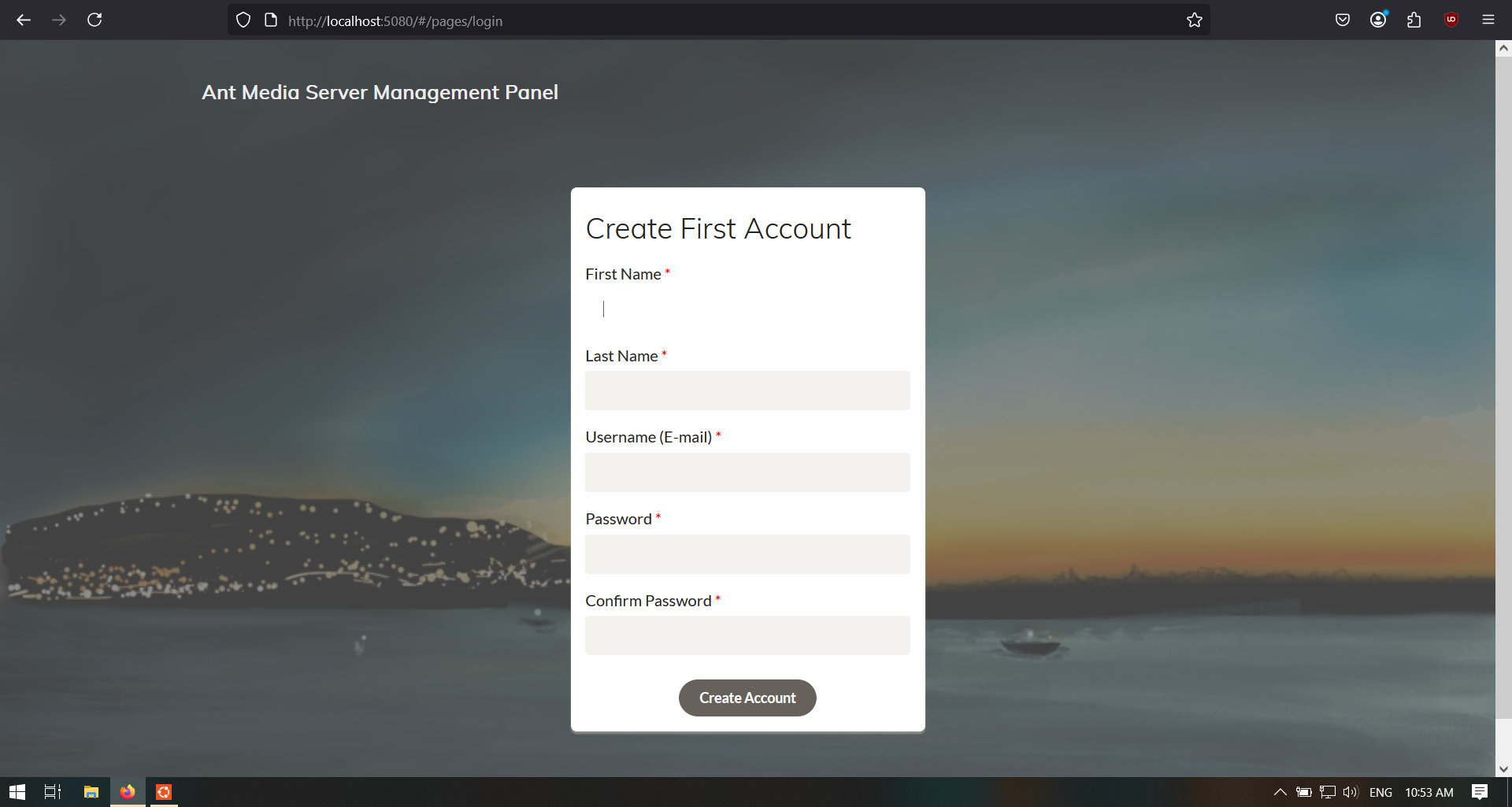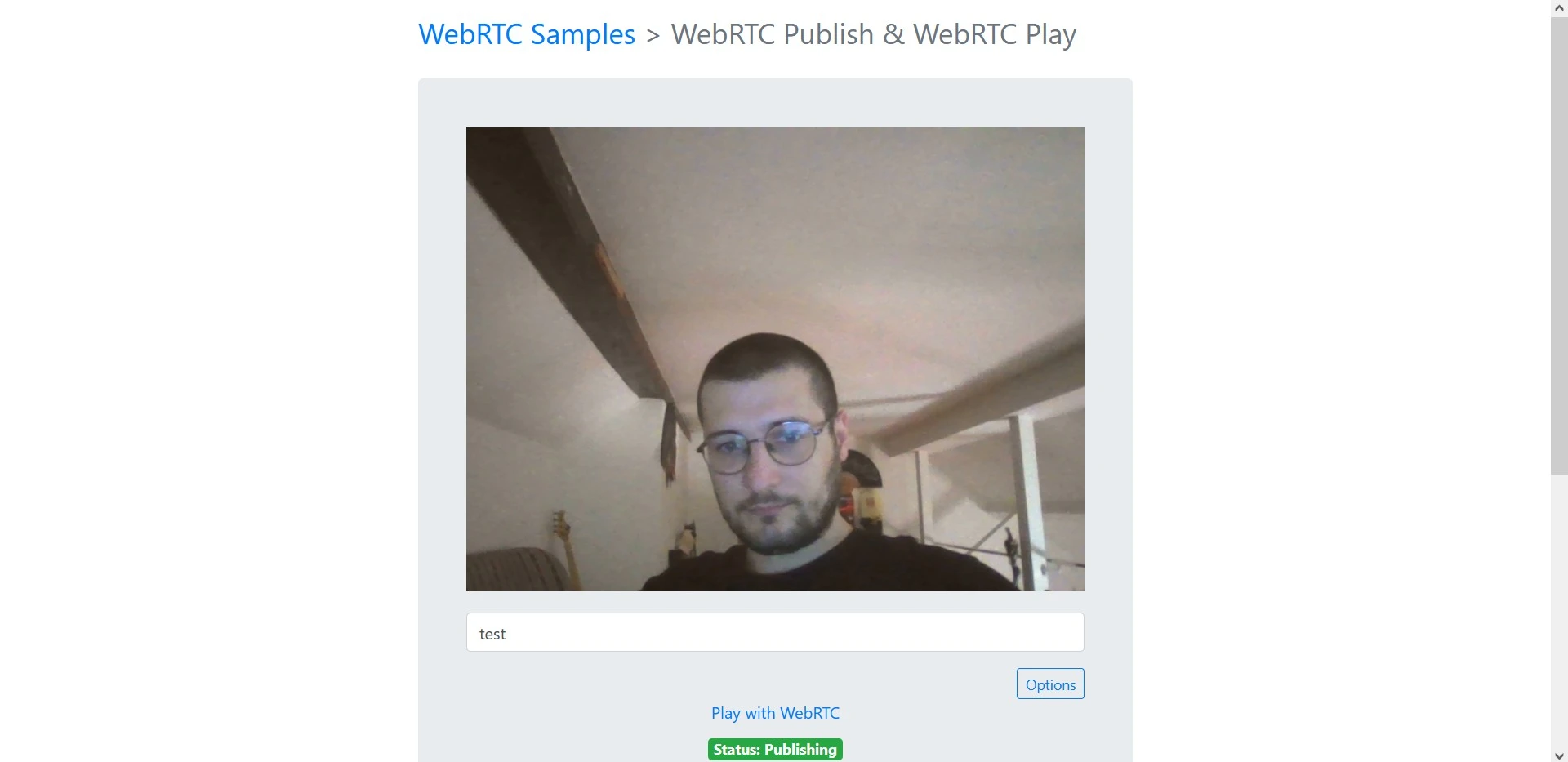Install AMS on WSL (Windows Subsystem for Linux)
Windows Subsystem for Linux (WSL) provides a lightweight virtualized environment to run Linux distributions directly on Windows. This guide shows you how to install Ant Media Server (AMS) on WSL, which can be useful for local development, testing, and demos.
We also do not cover every installation step of AMS here — please follow our Installing Ant Media Server on Linux documentation for the complete process. This guide supplements that with WSL-specific steps.
1. Install WSL and Ubuntu
Before proceeding with the WSL installation, run the below commands to enable the Windows feature for virtualization and WSL.
Run PowerShell as Administrator and execute:
dism.exe /online /enable-feature /featurename:Microsoft-Windows-Subsystem-Linux /all /norestart
dism.exe /online /enable-feature /featurename:VirtualMachinePlatform /all /norestart
After that, reboot the system.
You can now install WSL and Ubuntu using a single command in PowerShell (run as Administrator):
wsl --install
Once the installation completes and the system reboots, you'll be greeted with a Linux shell asking you to create a username and password.

2. Update the Ubuntu Environment
After setting up Ubuntu, update the package lists and install system updates:
sudo apt update && sudo apt upgrade -y

3. Install Ant Media Server
Follow our official Linux installation guide to install Ant Media Server inside the WSL environment.
Once AMS is installed, check its status:
sudo service antmedia status
4. Access the Web Dashboard
If you're running AMS on WSL2, it will typically be available at:
http://localhost:5080
You can access this from any browser on your Windows machine.

5. Publish a Test Stream
We can now test publishing a WebRTC stream from the browser with this URL:
http://localhost:5080/live/
And play it with the following:
http://localhost:5080/live/play.html?id=test

To publish and play WebRTC in a production environment, you need to enable SSL. For more info, check out the SSL document here.
Notes and Considerations
- AMS performance on WSL may be limited compared to a native Linux server.
- Hardware-accelerated encoding might not be available in WSL.
- WSL is best suited for development and testing, not production.
Troubleshooting
- If you can't access AMS at
http://localhost:5080, check if the WSL instance is running and that AMS is started. - Make sure ports are not blocked by your firewall or antivirus.